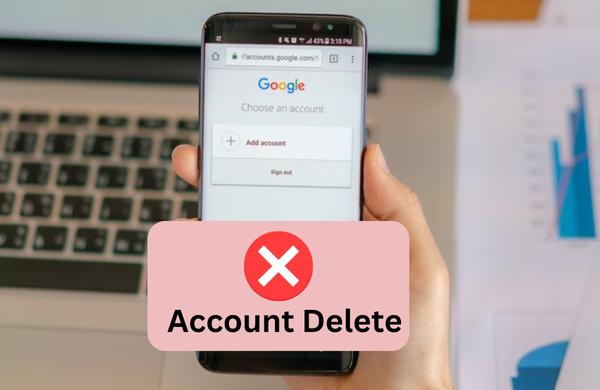
Google, the parent company of popular services like Gmail and YouTube, has announced a new policy that could affect billions of users worldwide. At the end of this year, in December 2023, Google will begin deleting accounts that have been inactive for a prolonged period. This policy also extends to users of Google Calendar, Google Meet, and Google Photos. The reason behind this mass deletion is the company’s concern over compromised accounts being used for spam, identity theft, and malicious activities.
Google’s Rationale for the Mass Deletion
According to Google corporate executives, inactive accounts are more vulnerable to security threats because they often rely on outdated or reused passwords, lack two-factor authentication, and receive fewer security checks. As a result, these accounts are more likely to be compromised and used for illicit purposes. Google’s aim with this policy is to ensure the safety and security of the products and services it offers.
Also Read: YouTube Premium Announces Price Hike for Individual and Student Plans
The Implementation of Google’s Inactivity Policy
Starting later this year, any Google account that has not been used or signed into for at least two years will be subject to deletion. This applies to all Google products, including Gmail, Google Docs, Google Drive, Google Meet, Google Calendar, and Google Photos. However, the policy does not affect accounts maintained for organizations, businesses, or schools.
How to Avoid Deletion of Your Google Account
To prevent your account from being deleted, the simplest way is to sign in at least once every two years. Activity on your Google account can include actions like sending or reading emails, using Google Drive, watching YouTube videos, downloading apps from the Play Store, using Google Search, and signing in to third-party apps or services using your Google account.
Moreover, if you have any subscriptions linked to your Google account, such as a Google phone plan, cloud storage, YouTube premium, or Play Pass gaming service, your account will automatically be considered active and protected from deletion.
Additional Steps for Account Protection
While keeping your account active through regular sign-ins is crucial, you can also take extra precautions to safeguard your data. Setting up a recovery email in your account settings is advisable, as it can help you regain access in case of accidental deletions. Additionally, you can use the Google Takeout feature to export and download all the data stored in your Google account, ensuring you have a backup in case of any unforeseen circumstances.
Furthermore, Google offers an inactive account manager tool that allows you to plan ahead for the possibility of account deletion. With this tool, you can specify what should be done with your account’s data if it remains inactive for an extended period. You can even set up the automatic transfer of data to a trusted contact to safeguard your valuable information.
Also Read: LLaMA 2: Meta’s Revolutionary Open-Source AI Model Changing the AI Landscape
Concerns and Alternative Solutions
While Google’s intentions behind the policy are to enhance security, some users are concerned about potential accidental deletions, especially during sensitive periods like the 2024 presidential election cycle. For those who disagree with Google’s practices or are worried about censorship, there are alternative email and cloud storage services available that prioritize privacy and freedom of expression.

Leave a Reply